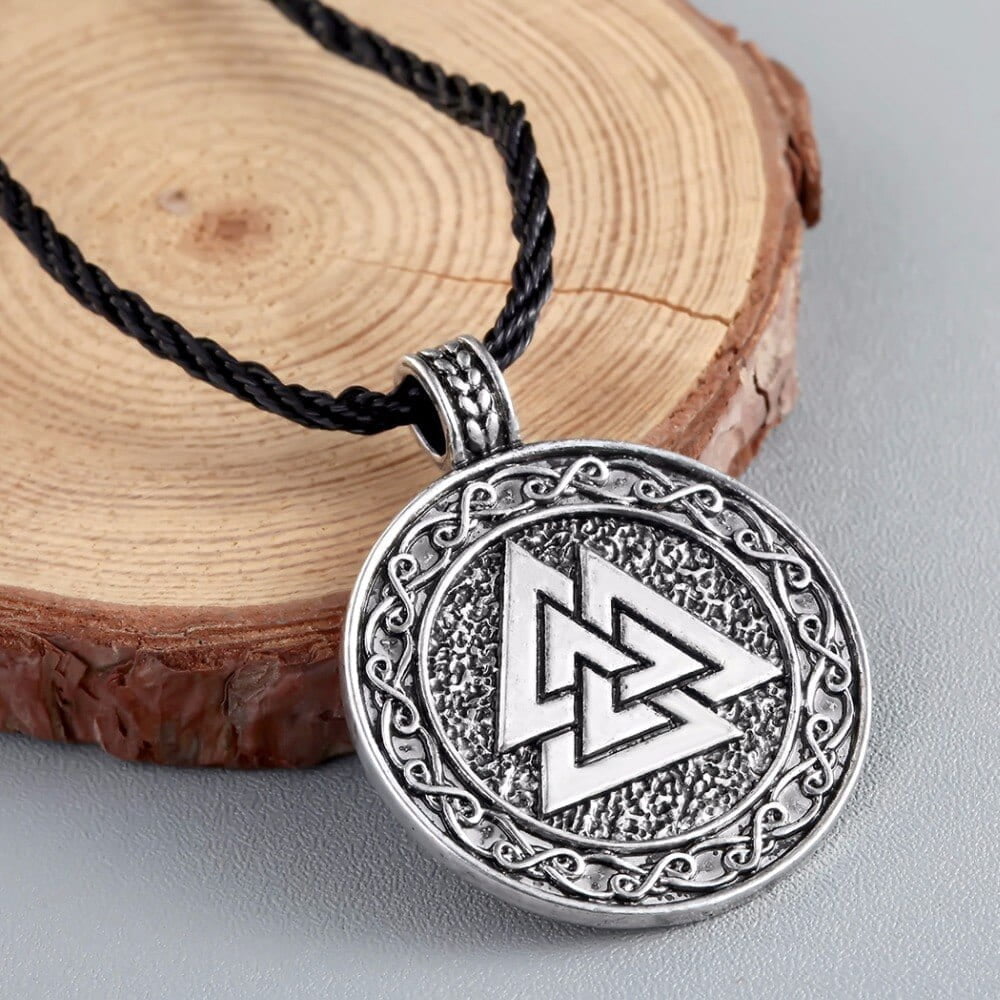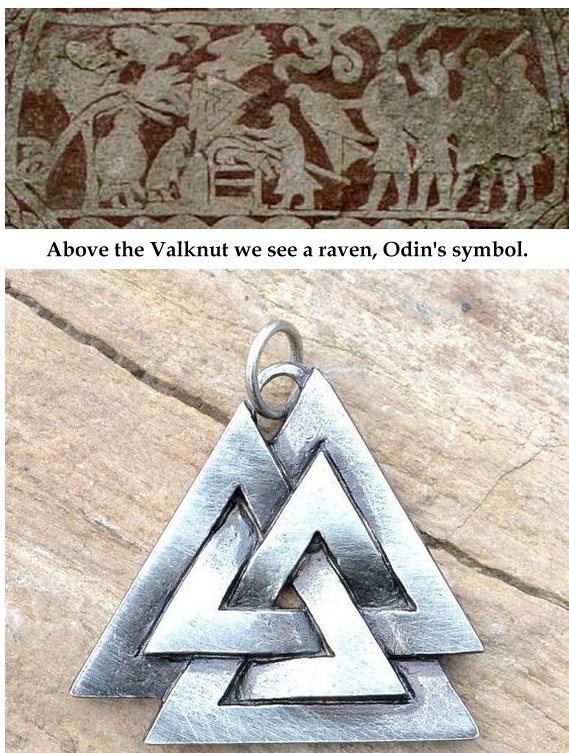

Odin, who was frequently accompanied by Valkyries, has been said to use power adept in “attaching and removing everything from the soul.” He was also the commander of huge armies of the deceased, including the army of Valhalla’s soldiers, and the wonderful chase. Similarly, Odin is seen as a soul thief, a strong Chaman competent in escorting souls when they incarnate or die. When the God Odin is not around, the Valknut is frequently portrayed by animals regarded to be his associates in Norse folklore, such as hounds and horses. They were also unearthed in Norway, at the Oseberg burial site, in which a Viking Drakkar had been uncovered. It was discovered, for instance, on the rocks of Stora Hammars on the Swedish archipelago of Gotland. The Valknut serves as a reminder of their strength, of their ability to control the course of their fate!Ĭredit: carlitoscontino Frequently Asked Questions Where Can The Valknut Be Found?įor the aforementioned reasons, especially in light of the valknut’s significance, we see this design on tombs and funeral stones. The Valknut was entrusted to us by the early Nordic medicine men as a sign of their sorcery. Their meanings can grow muddled with time, and they frequently reflect concepts that appear exceptional, if not otherworldly, to us now. Icons like the Valknut can hold a lot of meaning and a lot of passion for a lot of individuals. Rather than accepting current morality, followers’ ideals are based on the Nine Noble Virtues: honesty, bravery, control, honor, loyalty, kindness, persistence, ingenuity, and self-reliance.

The purpose of Asatru is to live a meaningful life. The ideas of the group are based on the pre-Christian belief structure of the medieval Germanic people, and followers revere a variety of divinities. It has expanded throughout North America, Eurasia, and Australasia. It was an emblem of mystical safety and is still used now as an Asatru emblem.Īsatru, which translates as “believing in the gods,” is a contemporary resurgence of the Norse pagan tradition. The Triceps sign, a less commonly used variation of the Valknut, mimics the Valknut including its triangle created by 3 diamonds. The Valknut’s 3 triangles and 9 tips are thought to represent fertility, regeneration, and resurrection, and its interconnecting triangles may represent a link among Earth, Hel (the deity who reigns over the abyss, Helheim), and the skies. Nevertheless, thanks to the shortage of clarity in the visual depiction, this is not the most common interpretation of the Valknut origin. He wore a stone heart with 3 pointed edges. Hrungnir was indeed the god of the nighttime, frost, obscurity, and the dead. The Valknut is also linked to Hrungnir’s heart, which is recorded in Snorri Sturluson’s Poetic Edda. Odin travels across realms by mounting his horse, Sleipnir, through to the world tree’s roots. The ash tree represents the mystical core of the Norse realm. The Nine Worlds are likewise kept in the Yggdrasil globe tree’s limbs (pronounced IG-druh-sill). The Nine Worlds are the realms of several kinds of beings, including humans, divinities, titans, ice, fire, fairies, and the deceased. By achieving a higher level of awareness and traveling through all the Nine Worlds to see the future and accomplish their goals, the followers were able to manage the route of existence and its different strands. Some accounts claim that the ceremonies may have included the utilization of physical desire and stimulation: sexual magic.Īs mentioned in several Nordic texts, the stick used in the rituals resembles a phallic epithet. Guys who engaged in the activity were prosecuted because it violated Germanic societal norms at the period.Įven during rites, the female companions would simultaneously pray, sing, and enter a trance. Pagan women were often the only ones who performed Norse mysticism and magic, also known as Seidr (pronounced SAY-der). According to legend, the Valknut is a sign of binding and unbinding power. He possessed the capacity to utilize magic to tie and disable objects and hence manipulate people’s minds. He was a strong sorcerer who was linked to knowledge, war, literature, shamanism, sorcery, and the afterlife. Odin, a beloved and mighty deity in Norse folklore, was thought to be associated with the Valknut emblem. Researchers have proposed a variety of different reasons for the Valknut’s beginnings.


 0 kommentar(er)
0 kommentar(er)
